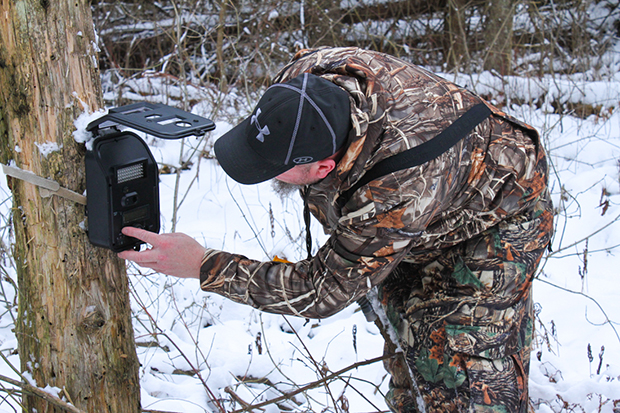
A trail camera is one of the most useful tools hunters can have in their bag of tricks. By taking a snapshot of visiting game, success in the field can rise dramatically, which ultimately is the end goal.
But not all trail cameras are built the same. Here are five key features to keep in mind:
Trigger speed
An important feature to consider, trigger speed is defined as the amount of time between detecting movement and shooting images or video. Choosing a unit that is optimized with the quickest trigger speed will ensure that you capture any and all game that pay a visit to your stand. Speeds can vary greatly — from 1/2 second to more than one. For a fast-moving buck, the latter may leave you wondering what passed through.
Detection zone and flash reach
Choosing a trail camera with the largest detection zone will enable you to capture the greatest amount of incoming game. There can be a dramatic discrepancy in zone size, with some cameras reaching out to 40 feet while others can ‘see’ 70 feet or more. If dealing with smart or leery prey, the higher the number the better.
Whether your unit utilizes regular flash, Infrared or ‘black flash’, the illumination reach is also an important factor to consider for night time captures. Again, go with the highest number possible.
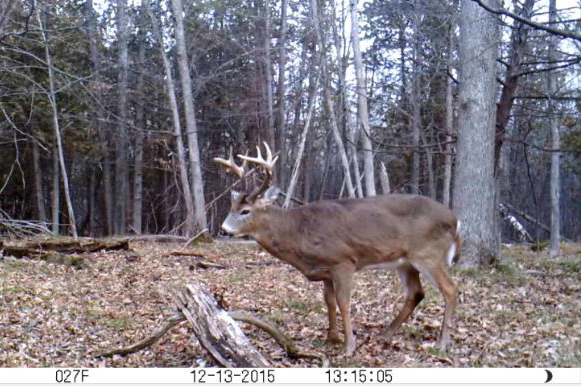
Flash
There are three types of flash styles available on the market. A standard flash will produce a visible white light to illuminate the scene. An infrared flash will use a burst of red light — not visible in the air — but noticeable as a soft red glow on the camera. Lastly is the black flash or no-glow. As the name suggests, it does not produce any noticeable flash or glow.
All of the units I run utilize black flash technology. With this style, the risk of spooking game is neutralized. Through some trials over the years I have discovered whitetail deer do not seem too bothered by regular or infrared flash, however, coyote, red fox, and wolf are.
Video function
Not all trail cameras come equipped with a video component. To me that’s a shame. Although a photograph will provide most of the info a hunter needs, it will not always show movement direction or behavioural traits. Plus, video is just cool to watch.
For video, look for a camera that sports 1080p HD. This will give you the highest quality and resolution available. Video length is also a factor. Choose a camera that is capable of shooting at least 30 seconds of video. And one word of advice — when going the video option, choose the largest memory card your unit will support.
Viewing screen
An in-unit viewing screen is a nice option to have for a number of reasons. It allows you to quickly review footage while in the field. Also, test shots can be taken and immediately checked to ensure proper placement of your unit.
Not all trail cameras have them — but many do. A worthwhile investment to have, in my view.
Keep these key features in mind when shopping for a new trail camera. They will bring you the best results — and help you bag that elusive game.


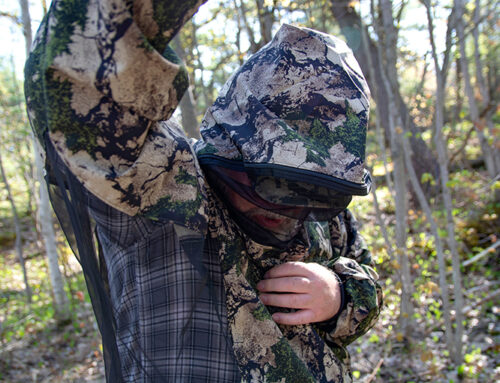
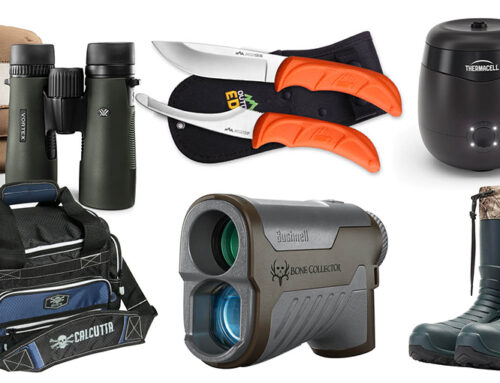
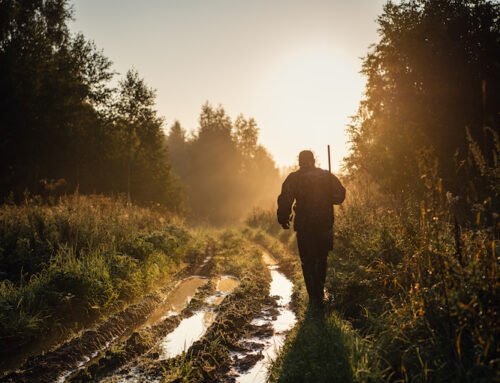
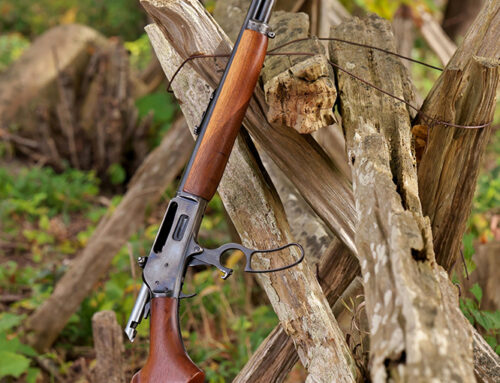
I have been using https://www.critterlick.com/ for my mineral attractant for a while and found some success. Do you have a recommendation on what to use?